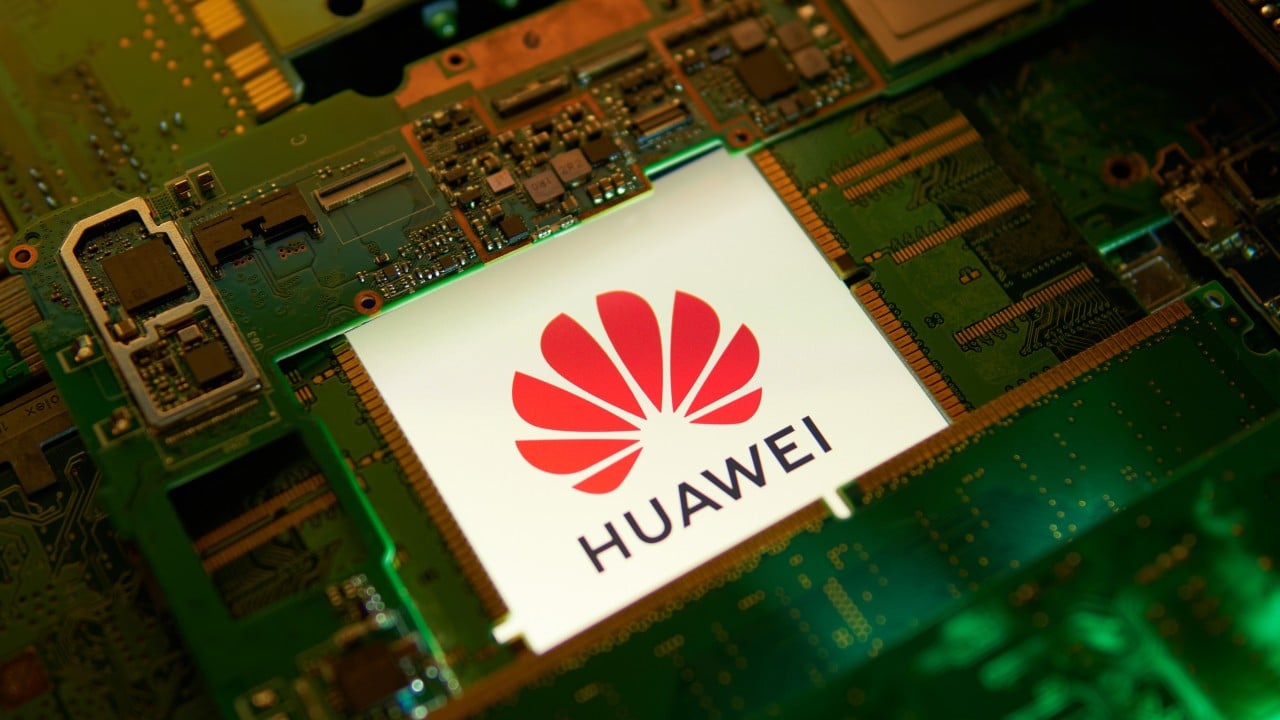Huawei Technologies’ quest for greater computing power for artificial intelligence projects is expected to rest on the firm’s latest supernode computing cluster systems, as these take on rival platforms from Nvidia and xAI.
Advertisement
The Atlas 950 and Atlas 960 SuperPoDs, as well as the Atlas 950 and Atlas 960 SuperClusters, are expected to help the Shenzhen-based firm “circumvent the limitations in China’s chip manufacturing process”, Huawei deputy chairman Eric Xu Zhijun, who serves as the privately held company’s rotating chairman from April to September, told Chinese media on the sidelines of the Huawei Connect 2025 conference in Shanghai last week.
By the fourth quarter of next year, Huawei plans to release the Atlas 950 SuperPoD that is powered by 8,192 Ascend neural processing unit (NPU) cards – optimised for AI neural networks and machine learning tasks and applications.
The Atlas 960 SuperPoD, powered by up to 15,488 Ascend 960 NPU cards, will be available by the end of 2027, according to Huawei.
The Atlas 950 and 960 SuperClusters are large-scale computing clusters that comprise multiple Huawei SuperPoDs. The Atlas 950 SuperCluster, available by the end of 2026, will have more than 500,000 Ascend NPUs, while the Atlas 960 SuperCluster will have more than 1 million Ascend NPUs.
Advertisement
With the “world’s most powerful” SuperPoDs and SuperClusters, Huawei has what it takes to provide “abundant computing power for ongoing, rapid advancements in AI, both now and in the future,” Xu said.


